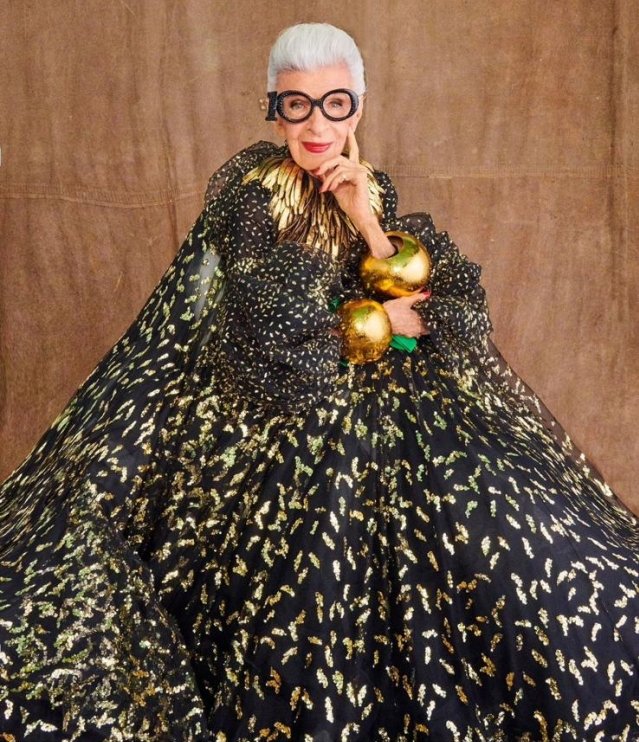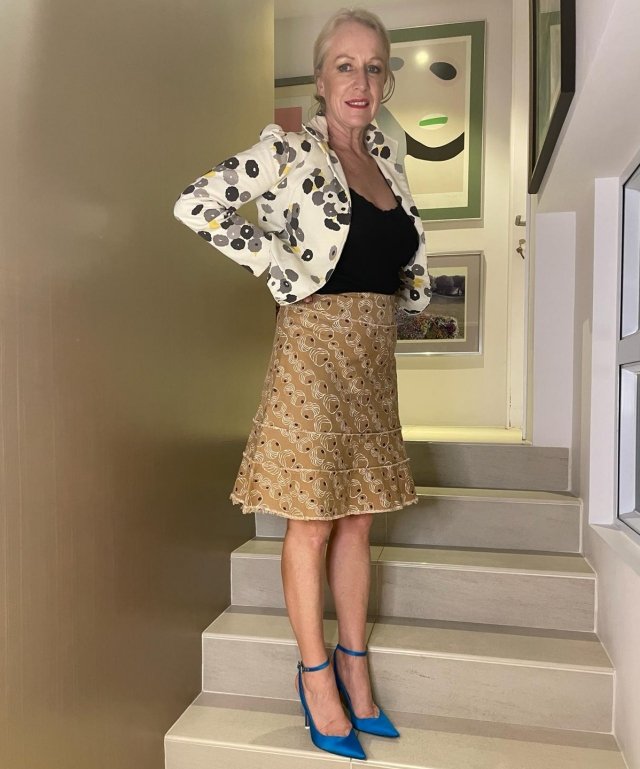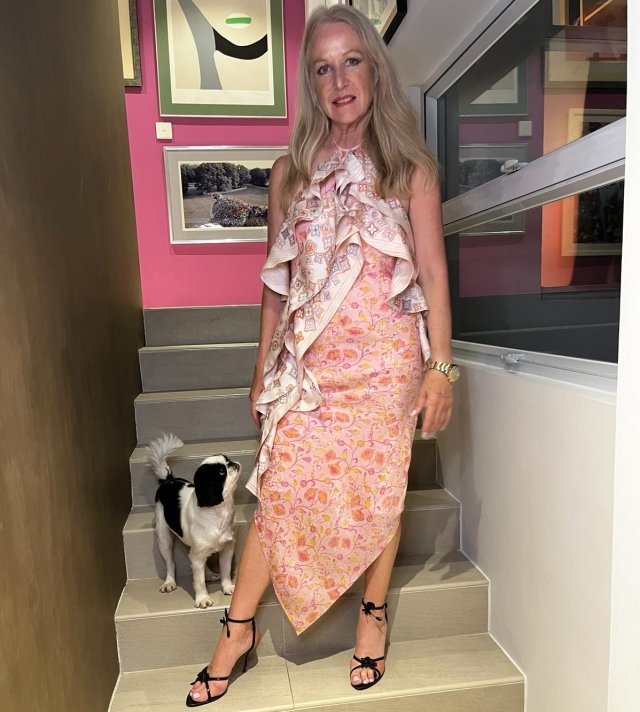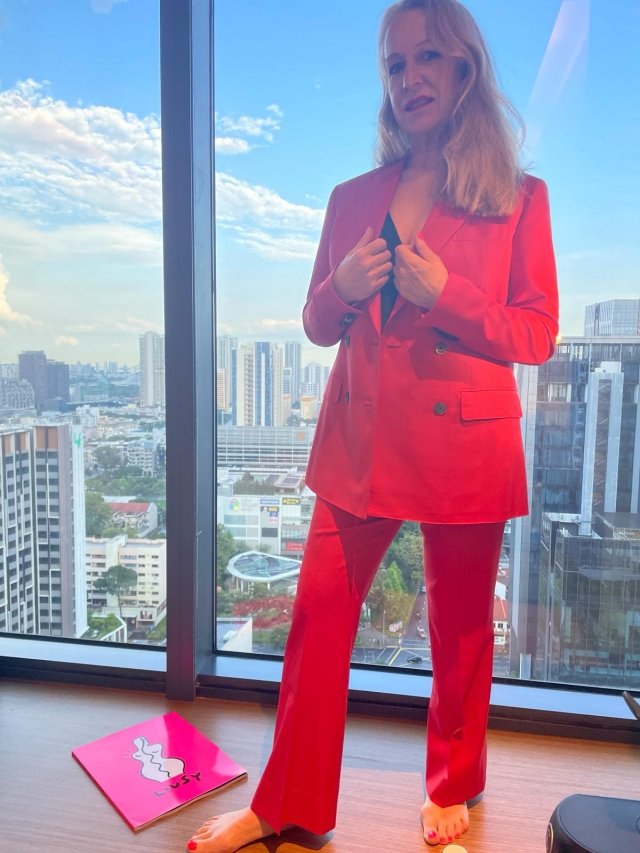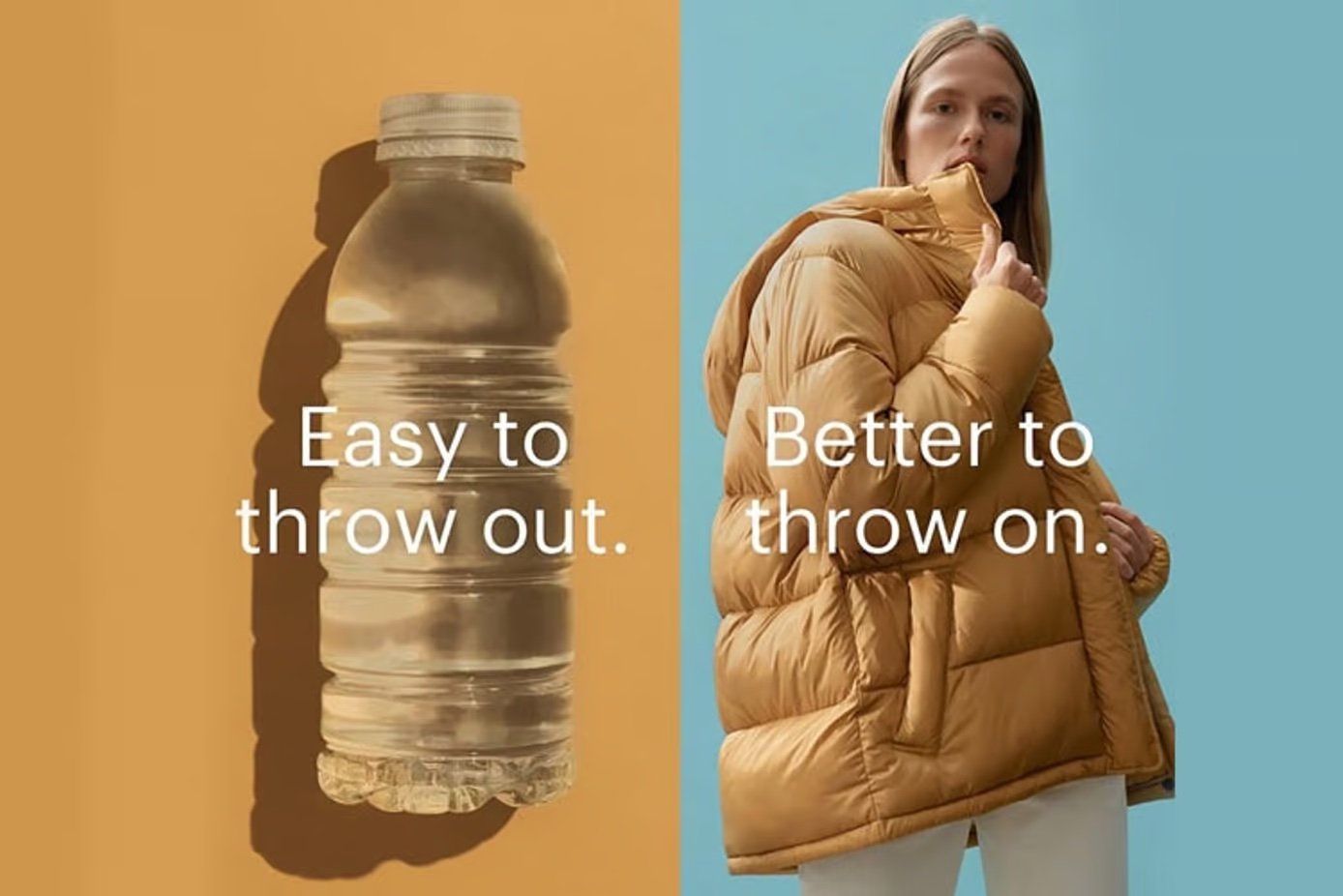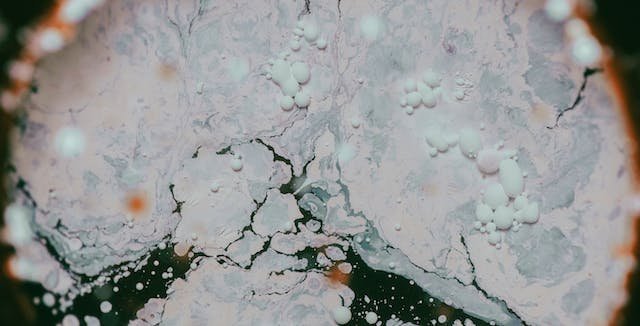It’s quite an interesting subject, especially when looking at fashion. Here are the definitions of minimalism and maximalism:
“THE PHILOSOPHY OF MINIMALISM
Contrary to common misconceptions, minimalism isn't about deprivation or sacrifice. Instead, it focuses on embracing quality over quantity. Minimalists are thoughtful in selecting items, ensuring everything owned serves a purpose and enhances their experience. Marie Kondo, the Japanese organising consultant, exemplifies this by promoting decluttering and assigning significance to personal belongings.
Minimalism is also about intentionality, eliminating distractions, and making mindful choices. It promotes the value of experiences over material possessions, placing higher importance on meaningful items rather than those that merely occupy space. A minimalist lifestyle involves an internal focus, seeking personal harmony before external approval. It's a mindset, not a strict rulebook.” Larson & Eriksen - THE HISTORY AND CONCEPT OF MINIMALISM
“THE ESSENCE OF MAXIMALISM: MORE IS MORE
Maximalists seek liberation by conforming to the minimalist, sleek, monochromatic vision of perfection. This revolution opened the floodgates for an artistic explosion celebrating individuality and self-expression. At its core, maximalism embraces the philosophy of “more is more”. It defies the principles that advocate for simplicity, clean lines, and negative space. Instead, maximalism thrives with an eclectic mix of styles, objects, and influences. From ornate Victorian furniture to quirky contemporary art, maximalist interiors incorporate various elements to create a feast for the eyes and the soul. The Victorians used maximalism to awe-inspiring effect.” Embracing Maximalism: A Maximalist’s Argument for Maximalism in One’s Life - Philip Boyd.
While these definitions are quite simple, they also leave quite a lot of grey areas, so let’s take a look at them from the perspective of Gucci designers. Gucci‘s greatest era was clearly the Tom Ford era: was it maximalist, or was it minimalist? This era probably leaned a little more towards maximalism, but the primary focus of Tom Ford Gucci was its sex appeal. After Tom Ford’s departure, the subsequent decade was rather flat and uneventful with Frida Giannini. I clearly remember the change of guard in 2015 when Alessandro Michele was brought to the helm, redesigned the menswear collection in a week, and put it on the catwalk. “New Gucci: nonconformist, romantic, intellectual”. This designer and his handwriting expressed something so different it was almost hard to fathom. There was so much newness, uniqueness, and playfulness craziness that we almost didn’t know where to look and what to say about it.
One thing that was very clear was that it was something very different for Gucci. We hadn’t quite seen before the next few years; we all were crazy for the “Gucci Love” sneakers and the “Dionysus” handbag or whatever else we could get our hands on. It seemed like the years of maximalism had really come to the Gucci Brand. The growth of Gucci under Michele was undoubted, from EU3.9B in 2015 to EU9.7B in 2021 - until it wasn’t! In 2022, there were a lot of conversations about how it really didn’t work. More sales were not growing the way they had been, and it was time for a new mood at the brand.
What happened next was the appointment of Sabato de Sarno. The first collection of Sabato was a complete shift - very clean lines, mini skirts, shorts with elegant jackets, all quite purist and definitely minimal. I wrote a blog about it this time in September 2023. Personally, I love minimalism, and this was a breath of fresh air; any of the initial criticism was forgotten when he showed his next season, and all the influencers loved those looks.
So what is better, maximalism or minimalism?
I have a few points to address here, which are clearly from a fashion perspective:
1. Personal preferences/moods in time: We all have preferences, and often, those preferences are not just stylistic but one of era. I love minimalism because it reminds me of a very happy time in the late 90s and 2000s, when everything was about Jill Sander, Prada, Miu Miu, and Helmut Lang. All those very androgynous and minimalist looks, but it wasn’t just about the fashion. It was also about the life I had at that time. It was fun, surprising, and something entirely new for me, so whenever I see something that reminds me of that era, I’m so happy and refreshed. Incidentally, at that time, minimalism was soon replaced with maximalism.
2. My views on maximalism and craving something new: I love some maximalist brands, and I love colour; I love print. After the late 90s/2000s minimalism, when I stopped wearing all my Helmut Lang and Miu Miu, I started buying Marni - all colour and clashing prints. I wore oversized and Maharshi with vintage scarf tops from Smithfield market. The key point is that only some of us are either minimalist or maximalist only. As with our moods, we (as humans) always crave something new. That is the beauty of fashion; we can create a new vibe so easily. That is the beauty of fashion and its limitation, especially when looking at sustainability.
3. My approach: So, what would I choose from the two? Minimalism at its best is buying high-quality, beautiful pieces and keeping them forever. I still have some Prada, Miu Miu, and Gucci from that era. I wish I’d kept more of Miu Miu, but I literally wore them out. Yet I have had my maximalist periods and kept all my Marni. The best expression of maximalism is the vintage pieces you’ve kept, the hero items you bought pre-loved and the gorgeous eclectic acquisitions. The key to this is your attitude to shopping and consumption. It’s not always about the next new thing; you can shop your wardrobe and keep things forever. Make fashion fun and beautiful, enjoy yourself with it.
The terms minimalism and maximalism pertain to design and architectural philosophies or even a way of life. When we start to equate them to fashion, it’s very easy to become trend-focused. To address this for myself, I’m both a maximalist and a minimalist. It depends on my mood. What I’m feeling at the time and what I’m choosing to wear. I would say I have more of a purist philosophy, but I’m certainly not a minimalist, as in having very few things I own. I once met someone who worked with us at Puma; he owned something in the region of three pairs of khaki pants, four shirts, two T-shirts and two pairs of shoes. He owned very little. He had a true minimalist philosophy and approach to life. There are people who wear the same thing every day, but that’s not me, and I don’t foresee me ever being like that.
As you know from reading this blog, I’m very passionate about clothing and fashion. I enjoy it; it’s a way of self-expression. Do I love the minimalist style? Absolutely. Do I ever have a more maximalist approach? Yeah, for sure. However, my approach is still based on a purist philosophy for how I treat my wardrobe. Have a look for yourself. What is your lifestyle philosophy when it comes to your wardrobe?
As always, have fun, love life, and enjoy fashion.
Kate xx



